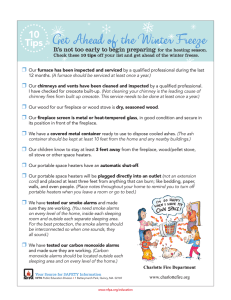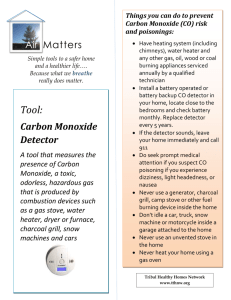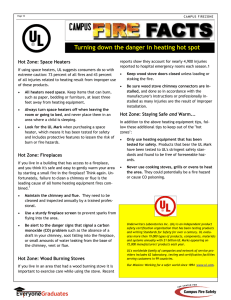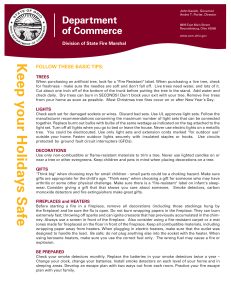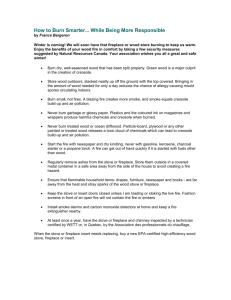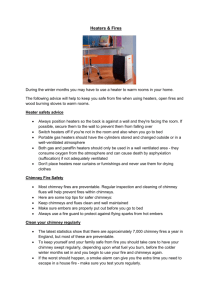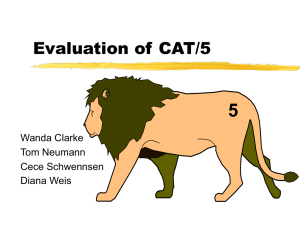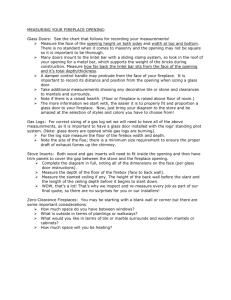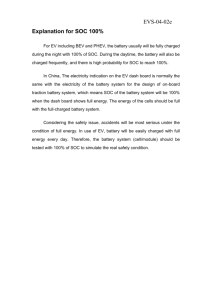Winter Fire Safety.
advertisement
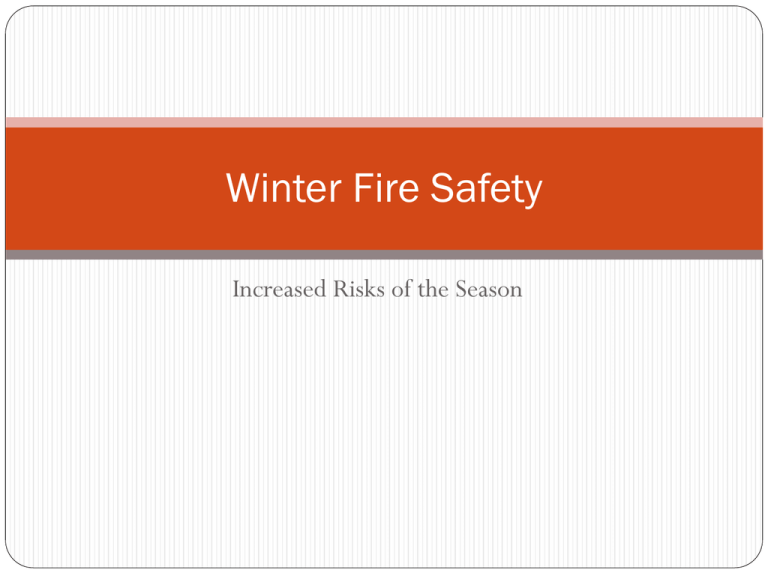
Winter Fire Safety Increased Risks of the Season Preparing for Cold Weather Heating Before you fire up the stove or furnace, make sure they’re safe to use Have a trained and licensed person inspect and service your oil or gas furnace In you have a wood stove or fireplace, have your chimney inspected, and have it cleaned if there’s creosote buildup Keep space heaters at least three feet away from combustibles Turn them off at night or when you leave the room If you have a fireplace, make sure you use a screen when it’s in use The Hazards of Holiday Entertaining The seasonal holidays usually mean more cooking and entertaining The number 1 cause of house fires is cooking Open flames (candles, lamps) are a special concern Decorative lights can ignite combustible material, or can overload circuits Sensible Precautions Fire alarms: make sure they’re working Should have at least one on each level of the house If battery operated or battery backup, check the battery strength Carbon monoxide detectors: another good warning device to install Unvented kerosene or gas space heaters – use them sparingly, never sleep in a room where one is in operation Fire extinguishers: place them in the most likely places for fires to start: kitchen, laundry, garage Check them regularly to verify they are properly charged Escape ladders: have them available and positioned near upstairs windows Family fire drill: practice one every few months, particularly if there are young children
